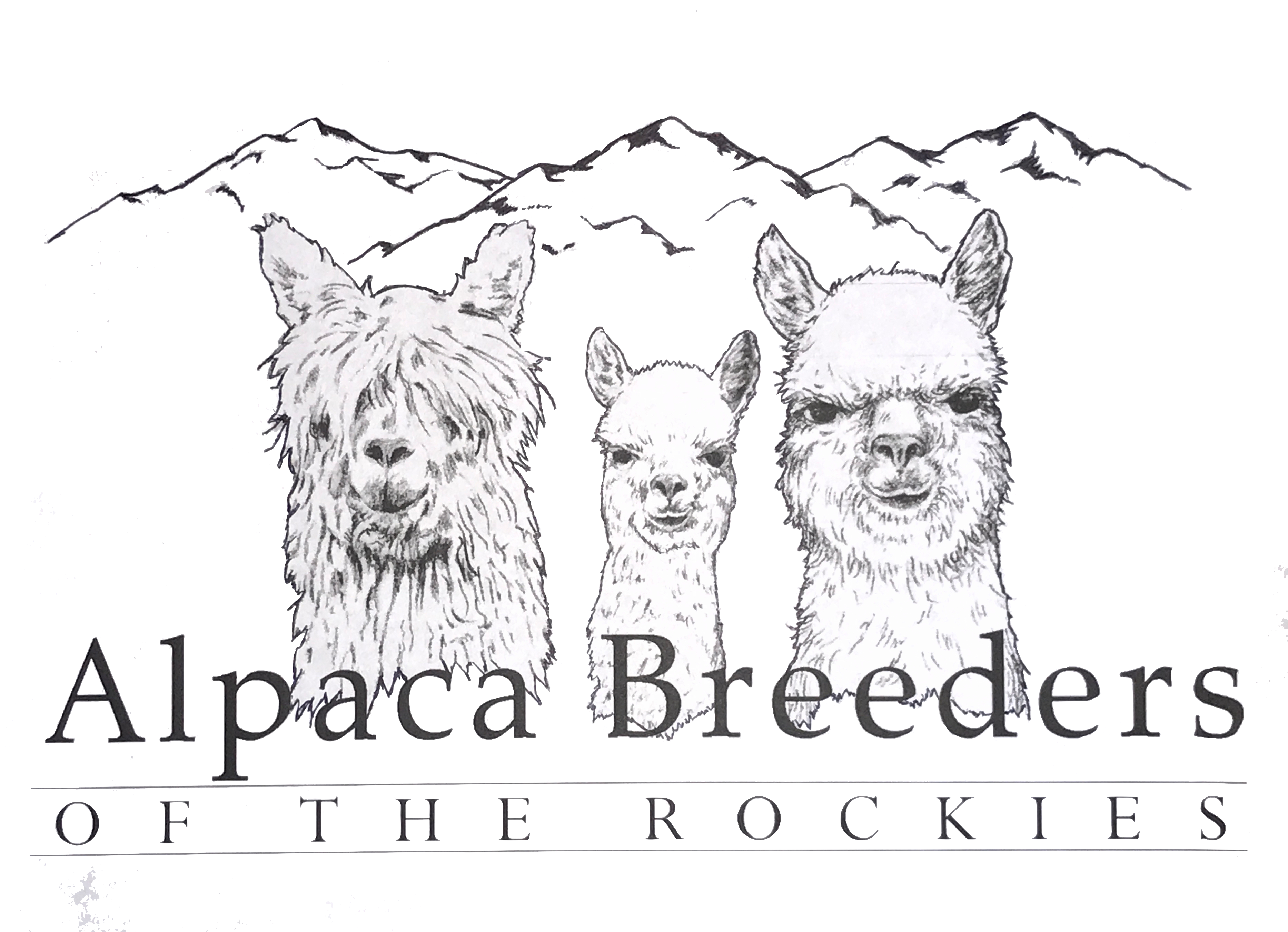Alpaca Quick Facts
General
Height: 30-40” at the withers; 4-5’ at the head
Adult weight: 100-180 pounds
Newborn weight: 15 – 20 pounds
Average gestation: 340 days
Average lifespan: 20-25 years
Average breeding life: 15 years, for females
Adaptable to any climate
Have soft padded feet with two toes
Do not have horns, hooves or claws, incisors, or upper teeth
Have three stomachs (semi-ruminants), eat grass and chew cud
Maturity
Females mature at 15-20 months
Males mature at about 3 years
Behavior
Alert, intelligent, curious, and predictable
Social animals that seek companionship
Communicate by softly humming
Also communicate with neck posturing, ear and tail positioning and head tilt
Deposit their odorless bean-like pellets in concentrated areas
Glossary
Huacaya (wah-KAI-ah): most common breed of alpaca. Crimped fiber grows perpendicular to body, giving them a fluffy appearance.
Suri (surrey): less common breed of alpacas, accounting for about 10
percent of all alpacas, fiber grows parallel to body and hangs down the
sides in penciled ringlets.
Macho: male alpaca
Sire: father of an alpaca
Hembra: female alpaca
Dam: mother of an alpaca
Cria: baby alpaca
Fiber/Fleece
Shearing: Once every 12-24 month
Harvest: 5 – 9 pounds of fiber
Hypoallergenic: alpaca fiber does not contain lanolin (as in sheep wool)
Maintenance/Care
Sheared without harm every 12 to 18 months
Require minimal fencing. They can be pastured at 5-10 per acre
Virtually disease-resistant animals
Require annual vaccinations with tetanus and other locally appropriate vaccines
Need routine parasite control
Need occasional nail and/or teeth trimming
End Products & Markets
Main end-product is fiberSoft as cashmere and lighter and warmer than wool
Garments from high fashion to durable every-day-wear
Markets include: hand-spinners, knitters, weavers, even tie-flying anglers!
Want to know more? Learn about the Alpaca Business and Lifestyle
